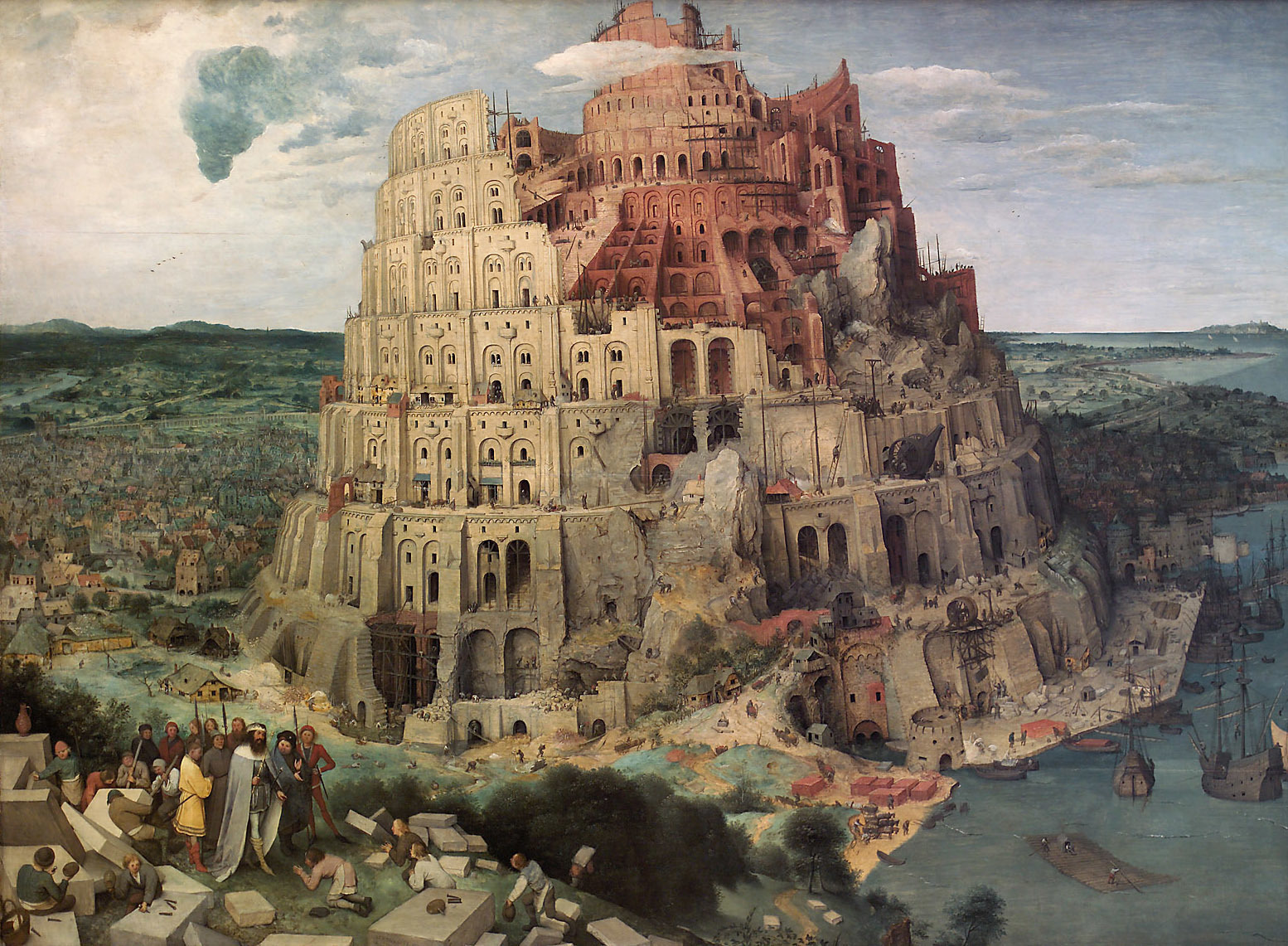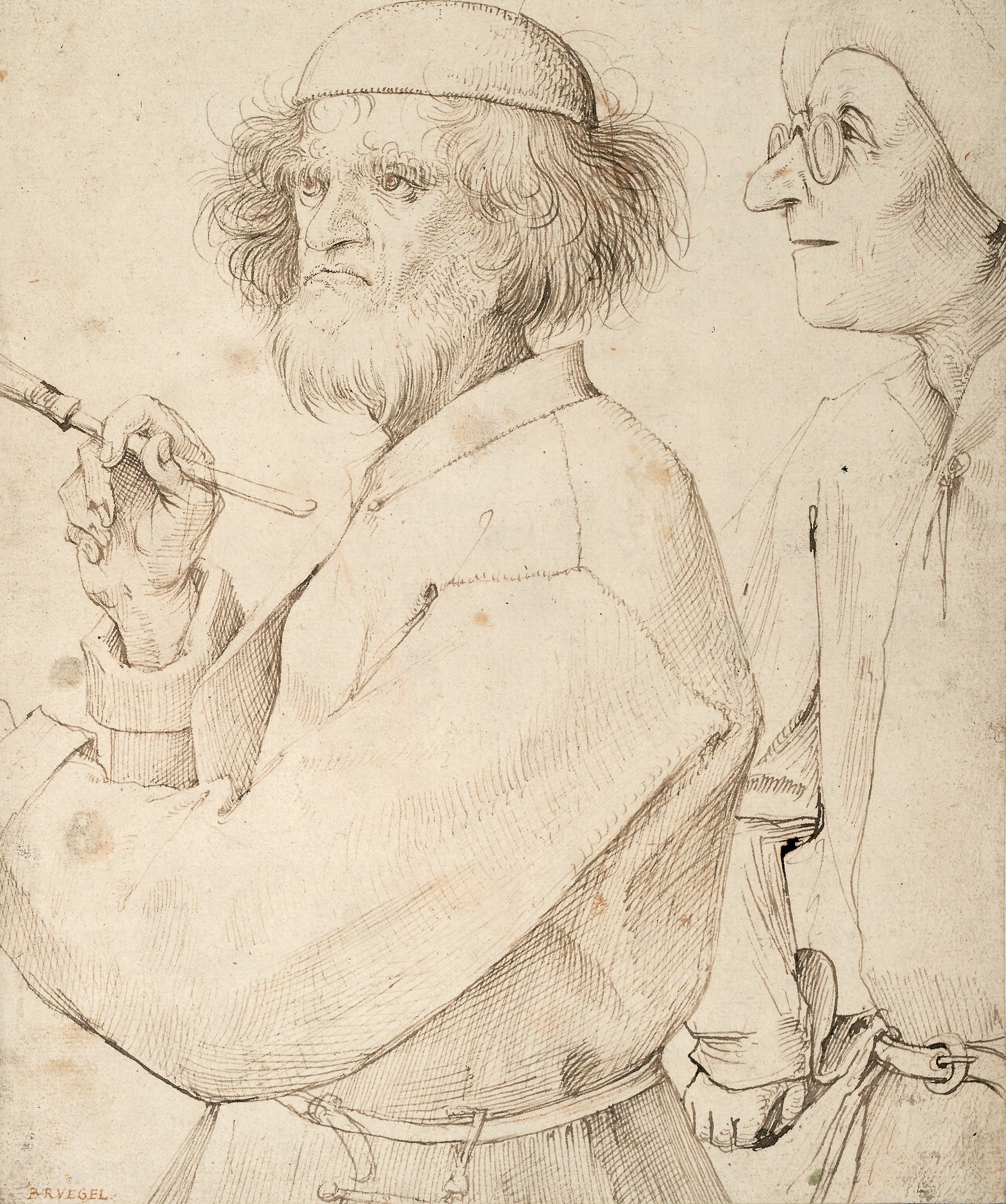We present today's painting thanks to Kunsthistorisches Museum in Vienna where now you can visit the world's first ever major monograph of Pieter Brueghel the Elder. About half of all the extant works by Pieter Bruegel the Elder are on show there. It's a must see for all art lovers—but if you can't be in Vienna, today and for the next three Sundays you can see him in DailyArt. :)
The subject of The Tower of Babel is a veritable melting pot of historical fact, Old Testament tradition, and myth, making it into a particularly complex motif and one endowed with timeless metaphorical potential. Unity and division, thirst for power, construction and destruction, linguistic unity, and the confusion of tongues—these are just some of its facets. The Tower of Babel touches upon the essence of humanity, our fate as individuals and as members of the human community, and our transience and mortality. One of its fundamental elements is the utopia of mankind united in a common project and bound by a common language. In addition, its principal themes as a motif extend to hubris, limits and borders, the transgression of borders, and the danger of misjudging one’s limits. Innumerable artists have found inspiration in this richly varied subject, in particular those following in the steps of Bruegel in the Netherlands.
Bruegel transfers the Tower of Babel from ancient Mesopotamia to 16th-century Netherlands. With the gigantic building reaching up to the heavens and dominating all around it, his radical composition has retained its power to fascinate and has become an icon. Bruegel maximized the impression made by the tower through the use of two strongly contrasting scales. Violating the bounds of normal proportionality, the monumental tiered construction comes across as a force of nature driving all the other compositional elements to the periphery and even threatening to burst through the confines of the frame. The dimensions of Bruegel’s Tower of Babel give it a certain monstrous quality, untamed and out of control, and it looks all the mightier for being juxtaposed with the tiny houses of the neighboring town, which is based on Antwerp, where Bruegel was still living in 1563, shortly before his move to Brussels.
Happy birthday to one of our Portuguese translators, Alexandre Neves! :)
P.S. To see more check the DailyArt Instagram!


 Pieter Bruegel the Elder
Pieter Bruegel the Elder